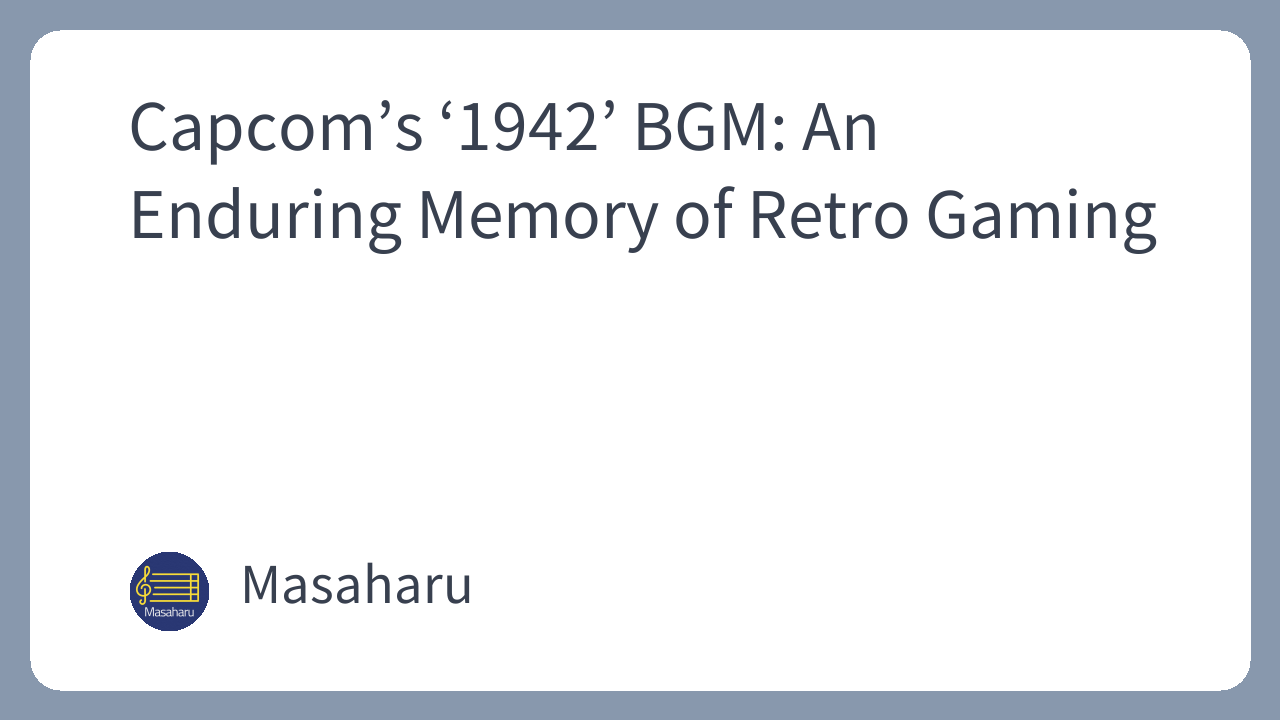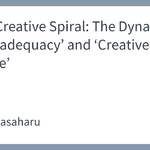Back in the 1980s, as a child, I was completely immersed in the world of video games. I would feed my precious pocket money into the arcade machines set up in supermarkets and department stores.
Being a music lover from a young age, I was instantly captivated by the sounds and music emanating from these games.
While I have fond memories of many game soundtracks from that era, the main BGM from Capcom’s ‘1942’ is one that, for some reason, has remained impressively memorable and stuck in my head.
Capcom’s Early Masterpiece, ‘1942’
‘1942’, released in 1984, is a vertically scrolling shooter. The game is themed around World War II (specifically the Pacific War), where the player pilots an American P-38 Lightning fighter jet, battling against Japanese forces with the ultimate goal of reaching Okinawa.
Game mechanics like the “evasive loop system,” which allowed players to become invincible and avoid enemy attacks, and the “Pow” power-up and support items, were received with fresh astonishment by players at the time.
This title was Capcom’s fourth arcade game, following their debut ‘Vulgus’, ‘SonSon’, and ‘Higemaru’. It became one of the early masterpieces that brought the company to fame. This success is said to have solidified Capcom’s position in the gaming industry.
It later spawned a series, becoming the origin of the popular “19-series,” which includes titles like ‘1943: The Battle of Midway’ and ‘1943 Kai’.
The Unique Main BGM of ‘1942’
Now, those familiar with retro games might be thinking, “Was there even any real music in ‘1942’?”
And you’re right. The main BGM doesn’t follow the conventional structure of a “melody and accompaniment.”
Instead, it consists of a endlessly repeating rhythmic phrase composed of a “snare drum sound created from noise” and a “whistle tone.”
The musical style evokes the marches of military parades, reminiscent of the “BGM from a heroic scene” in an old war movie, which perfectly matched the world of ‘1942’.
The clever integration of triplets into the phrases and the way the beat occasionally flips (creating an effect similar to a shortened poetic meter) adds subtle variations to the constant rhythm. This results in a uniquely addictive and hypnotic BGM.
This made the fanfares upon clearing a bonus stage or resuming play function as effective punctuation in the game’s progression. Moreover, the BGM that played during the appearance of the boss characters, the “Fugaku” and “Ayako” bombers, brought an unexpectedly high level of tension.
Incidentally, at the end of each stage, the player’s kill ratio is displayed, accompanied by the effective use of a typewriter sound, which subtly enhances the period atmosphere.
Today, a high level of attention to sound design in games is taken for granted. However, back in the transition from the dawn of gaming to its early development period, achieving a cohesive world was a significant hurdle due to technical and environmental limitations.
Amidst these circumstances, ‘1942’ skillfully constructed a unified world, a success that would be carried on in later titles like ‘Commando’ and ‘Ghosts ‘n Goblins’.
A Personal Anecdote from That Time
‘1942’ wasn’t an overly difficult game, which meant you could play for a relatively long time on a single coin. Partly because of this, for a while, it became my go-to game at the arcade.
With limited pocket money, I often chose games based on cost-performance—how long I could play for my money. In that respect, ‘1942’ was one of the ideal choices.
I have fond memories of sitting across the arcade cabinet from a game-loving friend, endlessly immersed in the world of ‘1942’.
Looking back now, the gameplay might seem somewhat monotonous. But combined with its simple and distinctive BGM, it was a unique game that offered a strangely immersive experience.
Related Articles




